今天會以昨天講的TD Learning,來介紹兩種TD Learning中最有名的方法,Sarsa與Q Learning。
昨天TD Learning中的Value Function更新方式為
而為了要進行policy improvement,跟Monte Carlo Method一樣,通常會用來取代
。
現在公式中的要換成
的話,我們的
應該要選擇甚麼才對呢?
一種方法是以當前policy的action來決定,我們以這個policy得到的Value值來做更新。更新完後再improvement我們的policy,可以證明最後能夠得到真正的optimal policy。也可以用GPI的圖來看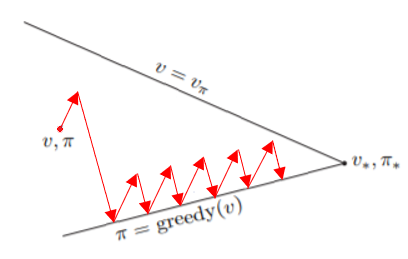
每次都往目前policy選擇的行為來更新,而policy又為當前Value的-greedy policy,所以最後會往optimal policy的方向移動。
根據上述我們用來當作
的值,其中
為下個時間點中,policy所做的action。
從演算法比較好理解: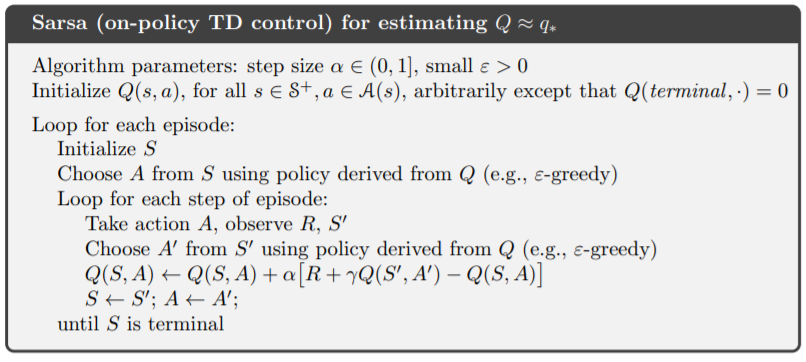
上述方法收斂的速度沒有很快,原因是因為我的的policy為-greedy policy,如果我們在
選擇到隨機action的話,更新後的
有可能會偏離真實值。
好的估測的方式是用期望值來計算:
,可以保證會以更正確的方向來更新。
所以我們可以將上面的算法改為: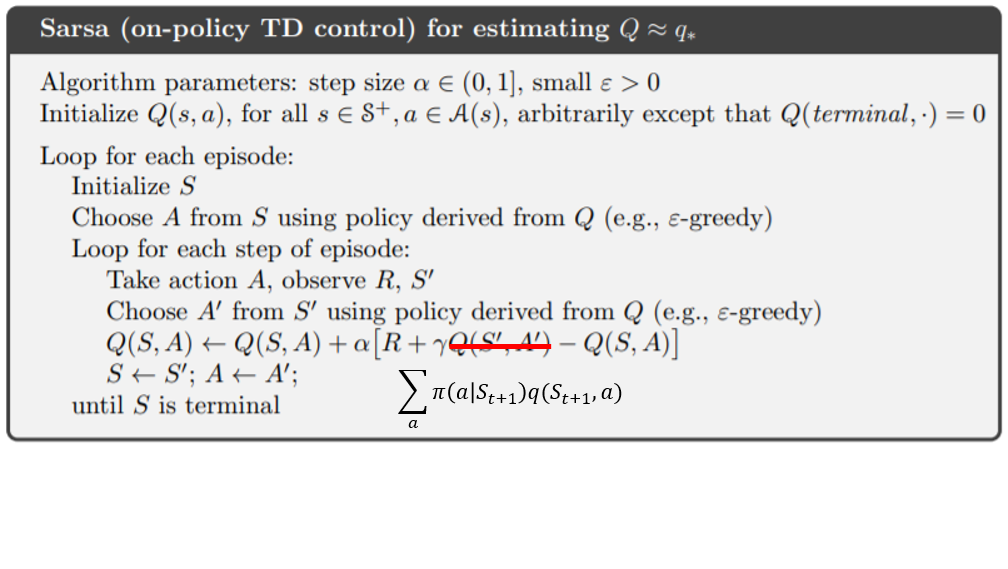
Sarsa與Expected Sarsa的更新類似於stochastic-gradient與gradient的關係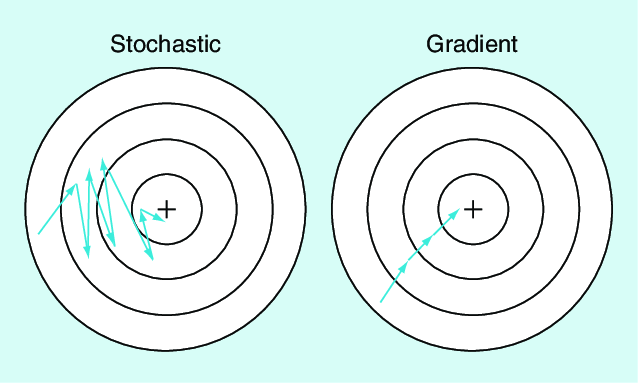
圖片取自https://www.researchgate.net/figure/Stochastic-gradient-descent-compared-with-gradient-descent_fig3_328106221
Sarsa相當於stochastic-gradient
Expected Sarsa相當於gradient
Sarsa的更新不會直接往optimal policy的的更新不會直接往optimal policy的方向走,而是有點凌亂的前進,但最後一樣會收斂至optimal policy。
另一種找Value Function的方法是直接從optimal value function中更新,也就是,每次都以optimal value function更新,可以保證我們快速收斂至optimal value function。
演算法與Sarsa很像,只要改為就好:
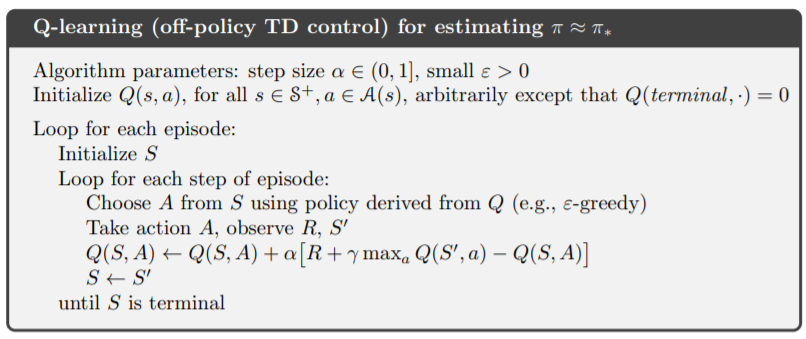
學會上面的方法後,基本上大多數有限state的環境都能夠解決。明天將會實際寫code來實現上面的演算法,並稍微介紹一下兩者的優缺點。
